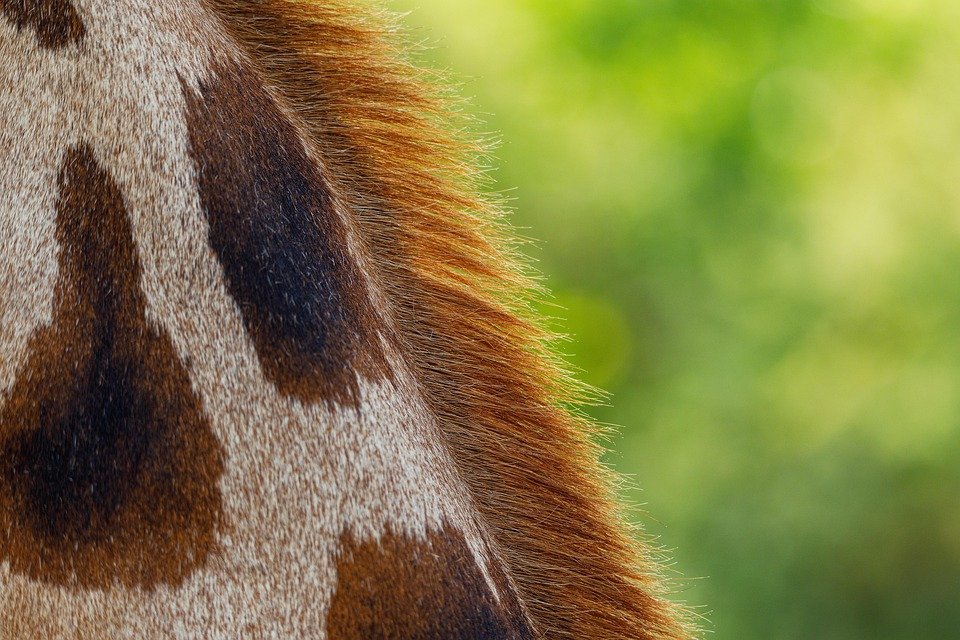
Introduction
Cats are beloved companions known for their independent nature and meticulous grooming habits. However, even the most fastidious feline can sometimes encounter the dreaded issue of matted fur. Mats form when loose and dead hair, along with dirt and debris, become entangled with the living hair, causing uncomfortable clumps that can lead to skin irritation and other health issues. This article provides detailed expert grooming tips to help cat owners untangle matted fur effectively and maintain their cats’ coats in pristine condition.
Understanding Matted Fur
Matted fur is more than just a cosmetic concern; it can lead to significant discomfort for your cat. Left untreated, mats can tighten and pull on the skin, potentially causing pain, irritation, and even infections. Mats are more common in long-haired breeds, such as Persians and Maine Coons, but short-haired cats can also be affected, especially if they shed heavily or have neglected grooming.
Causes of Matted Fur
Several factors can contribute to the formation of mats in a cat’s fur:
- Lack of Regular Grooming: Cats that do not groom themselves regularly or are not brushed by their owners are more prone to matting.
- Shed Fur: When cats shed, the loose hair can become trapped in the coat and form mats.
- Moisture: Water and humidity can clump fur together, making it more prone to matting.
- Health Issues: Cats with arthritis or obesity may struggle to groom themselves properly, leading to mat formation.
- Movement: Areas of the body that experience a lot of movement, such as the armpits, behind the ears, and around the collar area, are more susceptible to matting.
Preventive Measures
Regular Brushing
Preventing mats is far easier than dealing with them once they form. Regular brushing is the most effective way to prevent matted fur. Depending on your cat’s breed and coat type, brushing should be done daily or at least several times a week. Use a brush that suits your cat’s fur type; slicker brushes work well for long-haired cats, while short-haired breeds may benefit from a rubber curry brush or a bristle brush.
Bathing
While cats generally do not require frequent baths, occasional bathing can help reduce shedding and prevent mats. Use a cat-specific shampoo and ensure thorough rinsing to avoid any residue that could contribute to matting.
Diet and Hydration
A healthy diet and adequate hydration are crucial for maintaining your cat’s coat in good condition. Ensure your cat has access to fresh water at all times and provide a balanced diet rich in essential fatty acids to promote healthy skin and fur.
Tools and Supplies
Having the right tools and supplies is essential for effectively dealing with matted fur. Consider the following items:
- Slicker Brush: Ideal for removing loose fur and preventing mats.
- Mat Splitter: A specialized tool designed to cut through mats without pulling on the skin.
- Dematting Comb: Helps break up mats and remove tangles.
- Detangling Spray: Aids in loosening mats and making brushing easier.
- Scissors: Use with caution to carefully cut out stubborn mats.
Steps to Untangle Matted Fur
Step 1: Assess the Situation
Before attempting to remove mats, assess the severity and location. Determine whether the mats can be brushed out or if they require cutting. If mats are extensive or close to the skin, consult a professional groomer or veterinarian for assistance.
Step 2: Use Detangling Spray
Apply a detangling spray to the matted areas. This will help loosen the hair and make it easier to work with. Ensure the spray is safe for cats and avoid using human hair products, as they may contain harmful ingredients.
Step 3: Gently Work Through the Mats
Using a slicker brush or a dematting comb, gently work through the mats, starting from the edges and moving inward. Hold the mat at the base to prevent pulling on your cat’s skin. Be patient and avoid using excessive force, as this can cause discomfort and stress for your cat.
Step 4: Break Up Larger Mats
For larger or more stubborn mats, use a mat splitter to carefully break them into smaller sections. This tool is designed to slice through mats without causing harm to your cat’s skin. Work slowly and steadily to avoid accidents.
Step 5: Cutting Out Mats
If the mat is too tight or close to the skin, cutting it out may be necessary. Use blunt-tipped scissors to carefully snip away the mat, ensuring you do not cut your cat’s skin. It’s often helpful to have a second person hold the cat still during this process.
When to Seek Professional Help
In some cases, mats may be too extensive or difficult to handle at home. If your cat becomes distressed during grooming, or if you are unsure how to proceed safely, it is best to seek professional help. A professional groomer or veterinarian can safely remove mats and provide advice on preventing future issues.
Post-Grooming Care
After removing mats, it’s important to maintain your cat’s coat to prevent future occurrences. Establish a regular grooming routine that includes brushing, occasional baths, and monitoring for early signs of mat formation. Additionally, reward your cat with treats and affection after grooming sessions to create a positive association with the process.
Conclusion
Matted fur is a common issue that can affect any cat, but with the right tools, techniques, and preventive measures, it is manageable. Regular grooming is key to maintaining your cat’s health and comfort. By understanding the causes of matting, using appropriate tools, and approaching grooming with patience and care, you can ensure your feline friend remains happy, healthy, and mat-free.
Remember, each cat is unique, and what works for one may not work for another. Always adapt your grooming approach to suit your cat’s individual needs and preferences, and when in doubt, consult with a professional.






